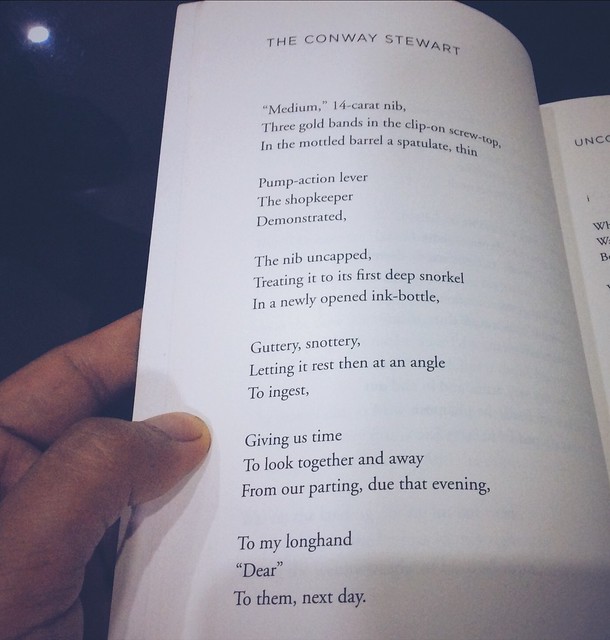May 30, my parents’ wedding anniversary, a date on the calendar we still celebrate, seven years after Tatay has passed on. In my mind—in my family’s mind—Tatay’s memory is alive. We speak about him, in random circumstances. Over dinner, for example. And my faith tells me: he is alive, in the fellowship of saints in heaven, laughing and singing and feasting and supremely enjoying the presence of God. I imagine him looking down, saying, “Dali na kamo diri. Kadugay sa inyo.” But the last days of May found us in a plane, from General Santos, with a brief stopover to Manila that would take us to Busuanga. If you’d spotted us at NAIA, you would have noticed Manong and me, holding on to our mother in laughter, provoking her with random comments that got her riled up; or, more correctly, she holding on to us, complaining about her eyeglasses that still give her trouble with depth perception. She is adorable. She is getting older. We make most of our time to take her aro...



I often feel dumb reading poetry. What does "To them, next day." mean?
ReplyDeleteMe, too! This is me being pretentious!
DeleteTo answer your question, I'm quoting Nick Laird's review in the Guardian:
The poems are preoccupied with connection and separation. In “The Conway Stewart”, the parental gift of a fountain pen deflects the imminent detachment it marks: the young Heaney’s departure to boarding school. The shopkeeper demonstrating its “pump-action lever” and treating it to its “first deep snorkel / In a newly opened ink-bottle” allows the family group “time / To look together and away / From our parting”, but it also preserves an attachment: he writes in his “longhand / ‘Dear’ / To them, next day.”
Di pala pang-Valentine's ito.
Whaaa...! That makes the 5th and 6th stanzas clearer now but how is one to deduce that without knowing the context beforehand? I guess I'd have to read it a coupla dozen times to even come close to the meaning and I don't have the patience for that.
Delete